Q3:
AS & A Level Chemistry - 9701 Paper 2 2016 Summer Zone 2
Questions:
3/5

Topic: CH6 - ELECTROCHEMISTRY
Solution



PRACTISE
Similar Questions

LEARN
Concepts with Sparky

More Questions from this Topic
Theory
CH6 - ELECTROCHEMISTRY
Bismuth is an element in Group 15 of the Periodic Table.(a) Bismuth has metallic bonding.Draw a labelled diagram to show the metallic bonding in bismu...
2024
 Spring
Spring
 Spring
Spring
 4
4
Theory
CH6 - ELECTROCHEMISTRY
(a) A and B react together to give product AB.A + B → ABWhen the concentrations of A and B are both 0.0100 mol dm−3, the rate of formation of AB i...
2024
 Winter
Winter
 Winter
Winter
 3
3
Theory
CH6 - ELECTROCHEMISTRY
(a) Explain why transition elements form complex ions. .................................................................................................
2024
 Winter
Winter
 Winter
Winter
 3
3
Theory
CH6 - ELECTROCHEMISTRY
Potassium iodide, KI, is used as a reagent in both inorganic and organic chemistry.(a) KI forms an ionic lattice that is soluble in water.(i) Define e...
2024
 Spring
Spring
 Spring
Spring
 4
4
Theory
CH6 - ELECTROCHEMISTRY
(a) (i) Lithium nitrate, LiNO₃, decomposes on heating in a similar way to Group 2 nitrates to give the metal oxide, a brown gas and oxygen.Write an ...
2024
 Summer
Summer
 Summer
Summer
 3
3
Theory
CH6 - ELECTROCHEMISTRY
(a) (i) Define transition element........................................................................................................................
2024
 Summer
Summer
 Summer
Summer
 5
5
Theory
CH6 - ELECTROCHEMISTRY
(a) Equation 1 shows water acting as a Brønsted–Lowry acid. equation 1 \[ \text{H}_2\text{O} + \text{NO}_2^- \rightleftharpoons \text{HNO}_2 + \tex...
2024
 Spring
Spring
 Spring
Spring
 2
2
Theory
CH6 - ELECTROCHEMISTRY
(a) When a sample of hydrated lithium ethanedioate, $\text{Li}_2\text{C}_2\text{O}_4 \cdot \text{H}_2\text{O}$, is gently heated, two gaseous products...
2024
 Summer
Summer
 Summer
Summer
 2
2
Theory
CH6 - ELECTROCHEMISTRY
(a) Define standard electrode potential, $E^\text{o}$, including a description of standard conditions.(b) (i) An electrochemical cell is set up to mea...
2024
 Summer
Summer
 Summer
Summer
 3
3
Theory
CH6 - ELECTROCHEMISTRY
(a) The equation for reaction 1 is shown.reaction 1\qquad X \rightarrow 2YReaction 1 is first order with respect to the concentration of X. The half-l...
2024
 Winter
Winter
 Winter
Winter
 2
2
More Questions from year 2016
Theory
CH2 - ATOMIC STRUCTURE
(a) Complete the table to show the composition and identity of some atoms and ions.[Table]name of element | nucleon number | atomic number | number of...
2016
 Summer
Summer
 Summer
Summer
 1
1
Theory
CH4 - STATES OF MATTER
D, E, F, and G are four consecutive elements in the fourth period of the Periodic Table. (The letters are not the actual symbols of the elements.)D is...
2016
 Summer
Summer
 Summer
Summer
 1
1
Theory
CH10 - GROUP 2
The elements in Group 2, and their compounds, show many similarities and trends in their properties.(a) Magnesium, calcium, strontium and barium all r...
2016
 Summer
Summer
 Summer
Summer
 1
1
Theory
CH14 - AN INTRODUCTION TO ORGANIC CHEMISTRY
This question is about molecules with molecular formula $C_4H_8$.(a) Give the structures of a pair of **positional** isomers with the formula $C_4H_8$...
2016
 Summer
Summer
 Summer
Summer
 1
1
Theory
CH22 - ANALYTICAL TECHNIQUES
(a) Complete the diagram to show the mechanism of reaction 1. Include all necessary charges, partial charges, lone pairs and curly arrows.H3C—C—Br...
2016
 Summer
Summer
 Summer
Summer

Theory
CH2 - ATOMIC STRUCTURE
(a) Complete the table to show the composition and identity of some atoms and ions.[Table_1]name of element | nucleon number | atomic number | number ...
2016
 Summer
Summer
 Summer
Summer
 2
2
Theory
CH5 - CHEMICAL ENERGETICS
The elements in Group 17, the halogens, and their compounds, show many similarities and trends in their properties. Some data are given for the elemen...
2016
 Summer
Summer
 Summer
Summer
 3
3
Theory
CH6 - ELECTROCHEMISTRY
Acidified potassium dichromate(VI) can oxidise ethanedioic acid, $H_2C_2O_4$. The relevant half-equations are shown. $$Cr_2O_7^{2-} + 14H^+ + 6e^- \r...
2016
 Summer
Summer
 Summer
Summer
 2
2
Theory
CH22 - ANALYTICAL TECHNIQUES
This question is about molecules with molecular formula $C_4H_8O_2$.(a) Give the structural formulae of the pair of extbf{chain} isomers with the for...
2016
 Summer
Summer
 Summer
Summer
 2
2
Theory
CH17 - HYDROXY COMPOUNDS
A reaction sequence based on propan-1-ol is shown. (a) Reactions 1 and 2 can both be carried out using the same reagents. (i) Identify suitable rea...
2016
 Summer
Summer
 Summer
Summer
 2
2




 Share
Share




 Previous
Previous



